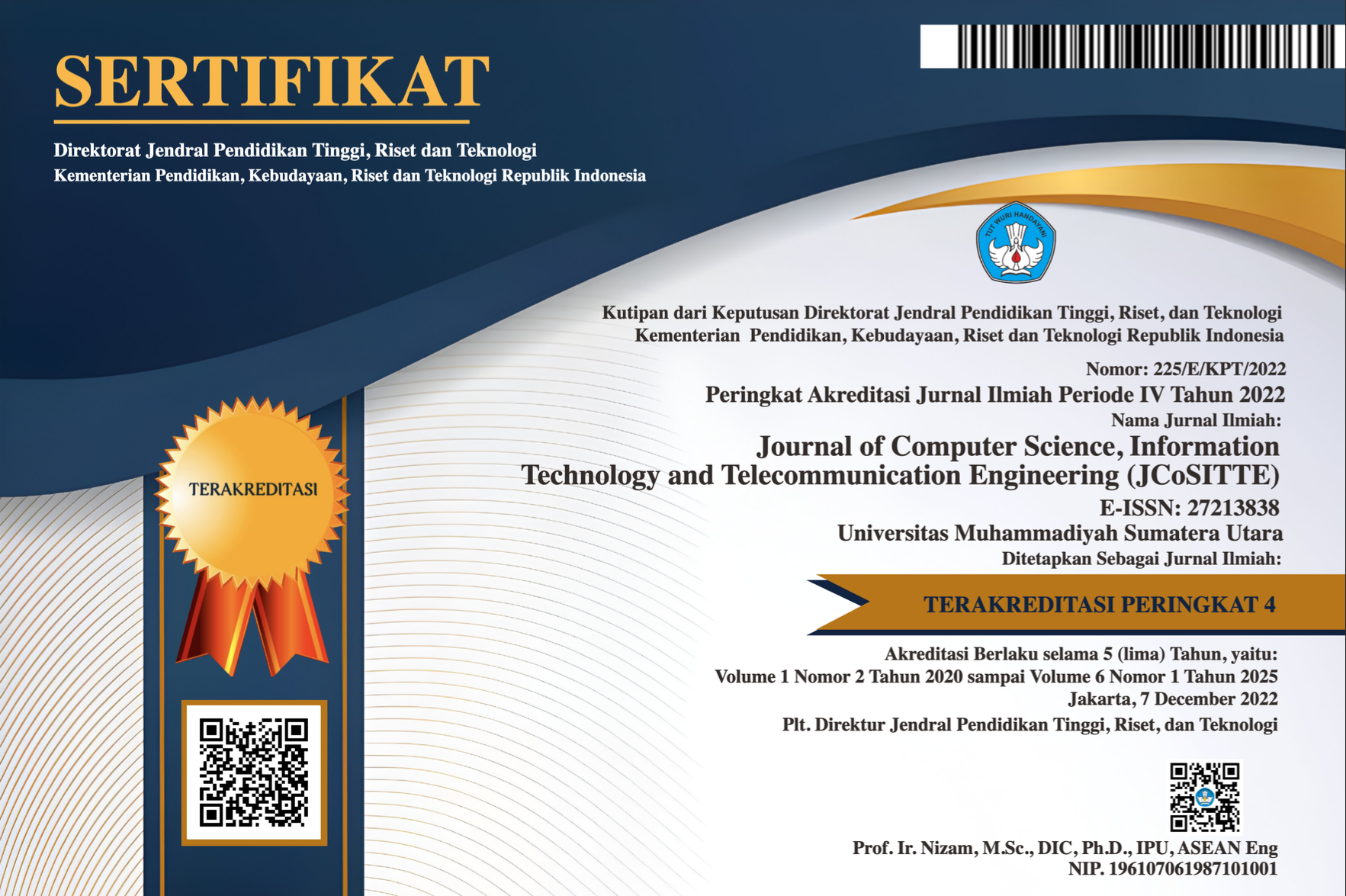Goods Inventory Card System Design Using The Unified Modeling Language (UML) of Department Libraries and Archives at Medan City
Abstract
Keywords
Full Text:
PDFReferences
Borek, A., Parlikad, A. K., Webb, J., & Woodall, P. (2013). Total information risk management: maximizing the value of data and information assets. Newnes.
Alsinglawi, O., & Aladwan, M. (2018). The effect of invisible intangibles on volatility of stock prices. Modern Applied Science, 11, 290-300.
Qiu, X., Luo, H., Xu, G., Zhong, R., & Huang, G. Q. (2015). Physical assets and service sharing for IoT-enabled Supply Hub in Industrial Park (SHIP). International Journal of Production Economics, 159, 4-15.
Malik, S. A., & Coombe, R. J. (2021). Ownership of Intangibles: Intellectual property and the contested commons. In Routledge Handbook of Law and Society (pp. 203-208). Routledge.
Moustaghfir, K. (2009). How knowledge assets lead to a sustainable competitive advantage: are organizational capabilities a missing link. Knowledge Management Research & Practice, 7(4), 339-355.
Suwanda, D. (2015). Factors affecting quality of local government financial statements to get unqualified opinion (WTP) of audit board of the Republic of Indonesia (BPK). Research Journal of Finance and Accounting, 6(4), 139-157.
Qi, Y. (2016). The Modeling and Implementation of the Asset Management System of the Automobile Maintenance Shop Based on RFID. In 2016 International Conference on Education, Management Science and Economics (ICEMSE-16), Singapore, during Dec (pp. 26-28).
Liu, W. Y., Guo, W., & Du, Q. (2011). Model design of instrument and equipment management system based on UML. China Medical Equipment, 11.
Aleryani, A. Y. (2016). Comparative study between data flow diagram and use case diagram. International Journal of Scientific and Research Publications, 6(3), 124-126.
Fauzan, R., Siahaan, D., Rochimah, S., & Triandini, E. (2019, July). Use case diagram similarity measurement: A new approach. In 2019 12th International Conference on Information & Communication Technology and System (ICTS) (pp. 3-7). IEEE.
Fauzan, R., Pamungkas, V. Y., & Wibawa, J. C. (2019, November). Information System for Asset Management. In IOP Conference Series: Materials Science and Engineering (Vol. 662, No. 2, p. 022020). IOP Publishing.
Peshkov, A. V. (2020, June). Smart technologies as a type of intangible assets of a construction organization and mechanisms for their implementation. In IOP Conference Series: Materials Science and Engineering (Vol. 880, No. 1, p. 012081). IOP Publishing.
DOI: https://doi.org/10.30596/jcositte.v2i2.7899
Refbacks
- There are currently no refbacks.





.png)

